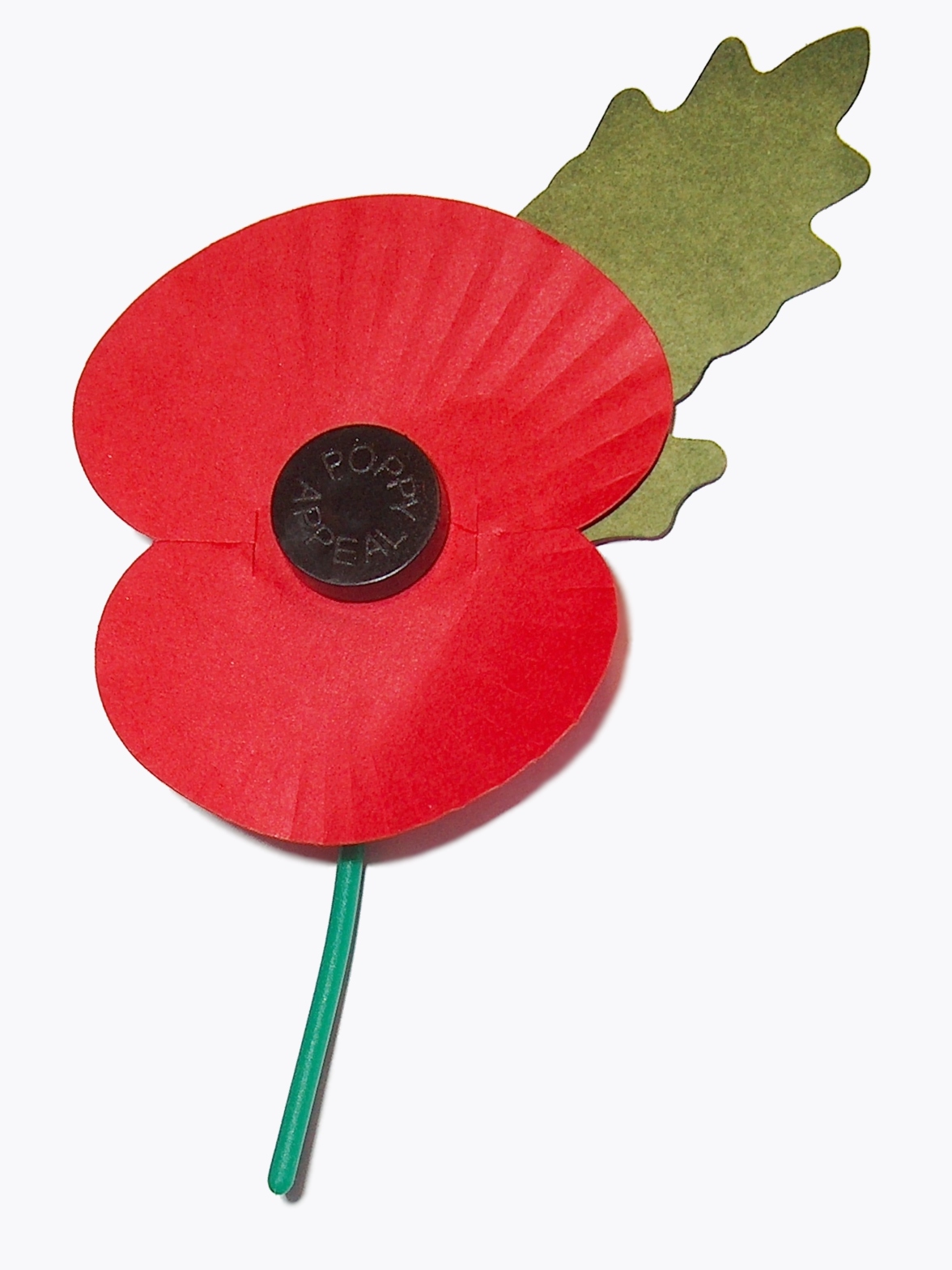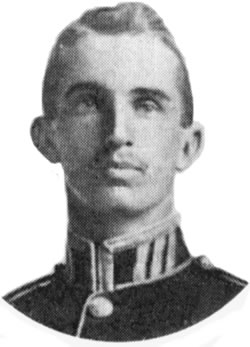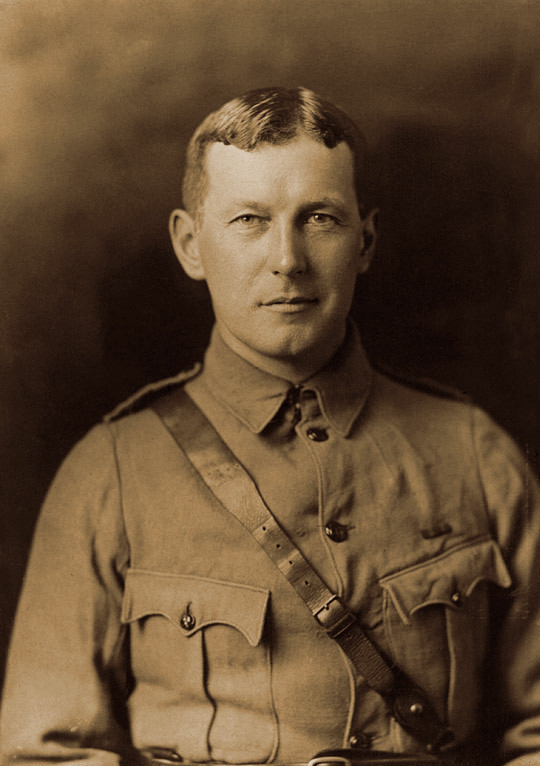- TNP Nation
- Ethnon
The origins of the poppy came from a poem penned by a Canadian Colonel who had been inspired by the plants that symbolically flowered blood red throughout the shattered Western Front landscape.
Following the poem’s publication in Punch magazine, an American teacher saw Colonel John McCrae’s poem and had the idea of selling poppies to raise money for ex-servicemen and woman who had suffered as a result of the War. The first official Poppy Day in Britain was held in 1921 and raised a staggering £106,000 (3.5 million in today’s money). The following year Major George Howson MC, who served in the Great War, founded the disabled society and arranged with the Legion for unemployed ex-service personnel to make artificial poppies from a small factory, and so the British tradition of purchasing a poppy for Remembrance was born.
The British Legion became ‘The Royal British Legion’ in 1971, in recognition for 50 years of supporting the nation’s servicemen, women and their families. Although the type of support has developed considerably over the years, the mission to stand shoulder to shoulder with all who serve remains unchanged.
Today the Royal British Legion is one of the country’s largest membership organisations with some 370,000 members nationwide and a further 11,000 overseas. Anyone who has served in the Armed Forces for at least seven days or is a dependant of someone who has served the qualifying period is eligible for assistance and the Legion remains dedicated to reaching out to around 500,000 of those in greatest need.

In Flanders Fields the poppies blow
Between the crosses, row on row,
That mark our place; and in the sky
The Larks, still bravely singing, fly
Scarce heard amid the guns below.
Between the crosses, row on row,
That mark our place; and in the sky
The Larks, still bravely singing, fly
Scarce heard amid the guns below.
Following the poem’s publication in Punch magazine, an American teacher saw Colonel John McCrae’s poem and had the idea of selling poppies to raise money for ex-servicemen and woman who had suffered as a result of the War. The first official Poppy Day in Britain was held in 1921 and raised a staggering £106,000 (3.5 million in today’s money). The following year Major George Howson MC, who served in the Great War, founded the disabled society and arranged with the Legion for unemployed ex-service personnel to make artificial poppies from a small factory, and so the British tradition of purchasing a poppy for Remembrance was born.
The British Legion became ‘The Royal British Legion’ in 1971, in recognition for 50 years of supporting the nation’s servicemen, women and their families. Although the type of support has developed considerably over the years, the mission to stand shoulder to shoulder with all who serve remains unchanged.
Today the Royal British Legion is one of the country’s largest membership organisations with some 370,000 members nationwide and a further 11,000 overseas. Anyone who has served in the Armed Forces for at least seven days or is a dependant of someone who has served the qualifying period is eligible for assistance and the Legion remains dedicated to reaching out to around 500,000 of those in greatest need.





